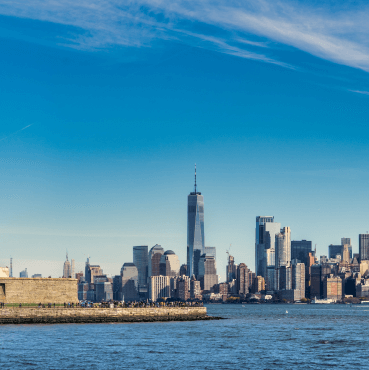Lake Eyasi is located on the cliff of the Great Rift Vally District of west Lake Manyara and southwest of Arusha town in north-central Tanzania. Lake Eyasi is dry and fairly shallow for most of the entire year except during very wet years. It covers an area of about 1050sq km /405sq mi at an altitude of 1040m/ 3400ft. There is no water outlet but the primary tributary is the Sibiti River, emptying an entire region of about 65,000sq km/125,300sq mi.
Even though it looks like Lake Manyara, Lake Eyasi still lacks fresh water except at depths below 10 metres, which is essential to sustain wildlife. A lovely forest of Acacia trees and sandpaper bush shelters monkeys, leopards and birds. Lake Eyasi is a reservoir for birds, especially storks, flamingos, spoonbills, pelicans, gray-headed avocets and gulls.
Tourist Attraction at Lake Eyasi
Lake Eyasi’s main tourist attractions are mostly the Datoga pastoralists, the Hadza people, several ethnic groups inhabiting the basin, and the agricultural Iraqw. The Hadza people (also known as Hadzabe Bushmen) are among the last remaining hunter-gatherer ethnic groups in Africa having a population of less than 1000 between 300 to 400 people who still live by their traditional ways. They have no documented similarity with other ethnic groups, but their language sounds more like the language family of the Khoisan tribes.
The Datoga migrated to Lake Eyasi after being pushed out from the Ngorongoro Conservation Area (NCA) along with the Serengeti Plains by the Maasai. The Datoga are Southern Nilotic, cattle-herding pastoralists living predominantly in the Yaeda Valley in the foothills. Their dress and customs bear many similarities to the Maasai pastoralists. Most women from Lake Eyasi put on clothes made from goat skin skirts fringed with colorful beads and also the men wear black, blue, and red assessed blankets (shuka). The women wear hand-welded jewelry and brass bangles.
The Cushitic Iraqw are mostly farmers who hail from different tribes of the Yaeda Vally but they have been migrating lately to Baray, a place where commercial farming has been developed by them, and is located in the prime onion-growing region. Other ethnic groups residing in the region range from the Isanzu, the Watindiga Bushmen as well as the Sukuna in the southwest to another river side of Sibiti.




